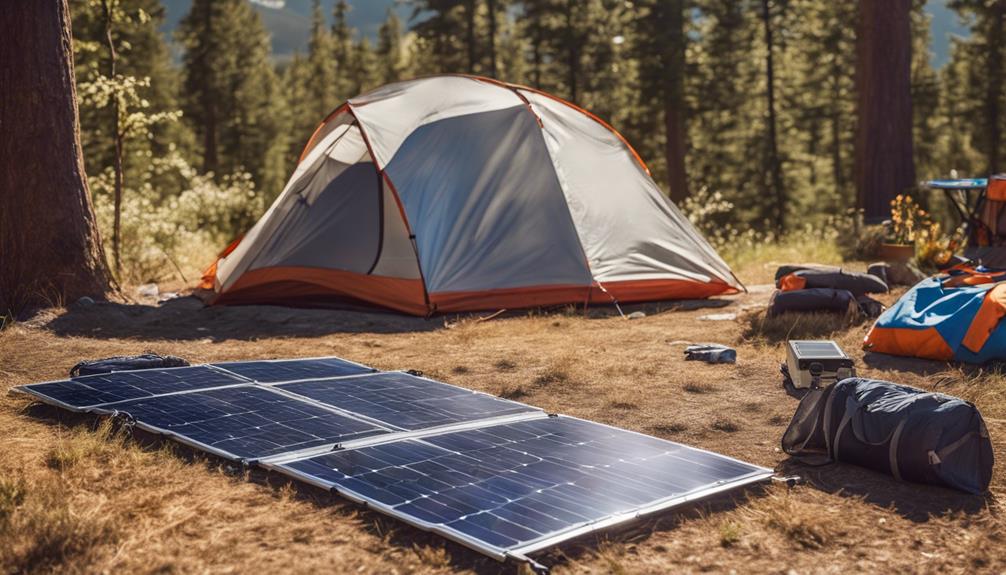
“`html
Understanding Solar Flat Plate Collectors: A Comprehensive Guide
Solar energy has become a pivotal element in our quest for sustainable living. One of the most efficient technologies harnessing solar energy is the solar flat plate collector. In this blog post, we will delve deep into solar flat plate collectors, exploring their functionality, benefits, types, and installation considerations, among other essential aspects. Whether you’re looking to adopt solar technology for your home or simply want to learn more, this guide is tailored for you.
What is a Solar Flat Plate Collector?
A solar flat plate collector is a device designed to absorb solar radiation and convert it into thermal energy. Typically used in solar water heating systems, these collectors consist of a flat, insulated box with a transparent cover, which allows sunlight to penetrate and reach the absorber plate. The absorber plate, usually made of a metal like copper or aluminum, is coated with a selective material that maximizes heat absorption while minimizing heat loss. This design makes solar flat plate collectors a popular choice for residential and commercial applications.
How Do Solar Flat Plate Collectors Work?
The operation of solar flat plate collectors is relatively straightforward. When sunlight strikes the transparent cover, it enters the collector and warms the absorber plate. The heat generated is then transferred to a fluid—usually water or a glycol mixture—flowing through pipes attached to the absorber plate. As the fluid absorbs heat, its temperature increases, allowing it to be used for various applications such as heating water for domestic use, space heating, or even for swimming pools. The efficiency of solar flat plate collectors depends on factors like design, materials, and the angle of installation, which can influence the amount of solar radiation received.
Benefits of Using Solar Flat Plate Collectors
There are numerous benefits associated with solar flat plate collectors. One of the primary advantages is their ability to provide a sustainable and renewable source of energy. By utilizing the sun’s energy, homeowners can significantly reduce their reliance on fossil fuels, leading to lower utility bills and a reduced carbon footprint. Additionally, these collectors are relatively low-maintenance and have a long lifespan, often lasting over 20 years. Furthermore, solar flat plate collectors can be integrated into various systems and applications, enhancing their versatility and appeal.
Types of Solar Flat Plate Collectors
Solar flat plate collectors come in two primary types: unglazed and glazed. Unglazed collectors are typically used for applications where the water temperature does not need to exceed 60°C (140°F), such as pool heating. They consist of a dark absorber plate without a transparent cover, which makes them less expensive but also less efficient. On the other hand, glazed flat plate collectors feature a transparent cover, which helps to retain heat and allows for higher temperature applications, including domestic hot water systems. Understanding the differences between these types can help you select the right collector based on your specific needs.
Installation Considerations for Solar Flat Plate Collectors
Installing solar flat plate collectors requires careful planning and consideration. Key factors include the location, orientation, and angle of the collectors. Ideally, the collectors should be installed in a location that receives ample sunlight throughout the day, free from obstructions such as trees or buildings. The optimal angle for installation typically varies based on geographic location and season, but a south-facing orientation is generally recommended for maximum efficiency. Additionally, proper plumbing and insulation are crucial to ensuring that the system operates effectively and maintains the heat generated by the collectors.
Cost-Effectiveness and Return on Investment
When evaluating the cost-effectiveness of solar flat plate collectors, several factors come into play, including initial installation costs, maintenance, and long-term savings. While the upfront cost of purchasing and installing a solar flat plate collector system can be significant, government incentives and rebates can help offset these expenses. Over time, the reduction in energy bills and possible income from net metering (selling excess energy back to the grid) can lead to substantial savings. Generally, homeowners can expect a return on investment within 5 to 10 years, making solar flat plate collectors a financially viable option for many.
Future Trends in Solar Flat Plate Collector Technology
The technology surrounding solar flat plate collectors is continually evolving, with innovations aimed at improving efficiency and reducing costs. Advances in materials science are leading to the development of more effective absorber coatings and insulation materials, increasing the overall performance of collectors. Additionally, the integration of smart technologies and automation, such as tracking systems that adjust the angle of collectors based on the sun’s position, is becoming more prevalent. As the demand for renewable energy sources grows, the future of solar flat plate collectors looks promising, with potential for even greater efficiency and accessibility.
Conclusion: Embracing Solar Flat Plate Collectors for a Sustainable Future
In summary, solar flat plate collectors represent a practical and efficient solution for harnessing solar energy. With their ability to provide significant energy savings, versatility in application, and low maintenance requirements, they are a compelling option for homeowners and businesses alike. As technology continues to advance and the world shifts towards more sustainable energy solutions, investing in solar flat plate collectors can contribute to a greener future. By understanding their benefits, types, and installation considerations, you can make an informed decision about how solar flat plate collectors fit into your energy strategy.
“`
This blog post is structured to provide comprehensive information on solar flat plate collectors while adhering to SEO best practices. It uses relevant headings, variations of the keyword, and maintains readability throughout.





